Futuristic Speaker Is Here Now With Us: Exploring the Audio Technology Possibilities in 2024
The futuristic speaker of today is not only an audio device but an intelligent companion that integrates seamlessly into our lives.
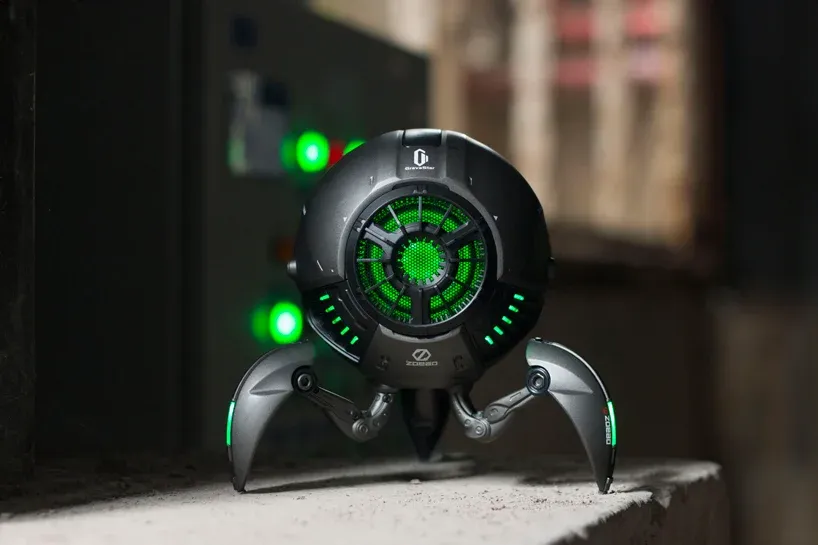
Introduction
The world of audio technology has seen remarkable advancements over the years, transforming the way we experience sound. From humble beginnings with basic speakers to the era of smart speakers, the audio industry has constantly evolved to provide immersive and high-quality audio experiences. As we step into the year 2023, we find ourselves on the brink of a new revolution in speaker technology. The futuristic speaker of today is not only an audio device but an intelligent companion that integrates seamlessly into our lives. In this article, we will delve into the exciting developments and possibilities that lie ahead in the realm of speakers and how they are set to redefine our audio experiences.
The Evolution of Audio Technology
Audio technology has come a long way since its inception. The early days of audio devices were marked by inventions like the phonograph/gramophone, which relied on mechanical systems to reproduce sound. These devices gave birth to the concept of recorded music and set the stage for further advancements.
The invention of vacuum tubes in the early 20th century revolutionized audio technology. They brought about the emergence of electronic amplification, enabling louder and clearer sound reproduction. This breakthrough led to the development of radios and public address systems, allowing audio to be transmitted and enjoyed over long distances.
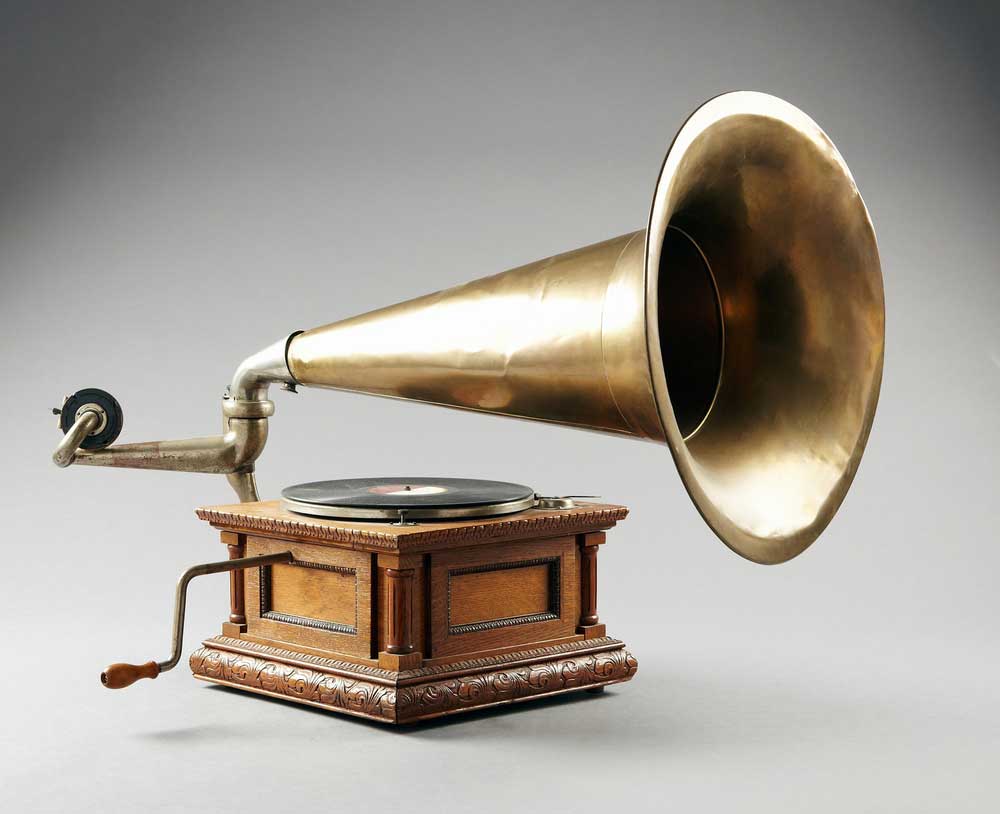
The advent of the transistor in the mid-20th century paved the way for compact and portable audio devices. Transistors replaced bulky vacuum tubes and made it possible to create smaller, more efficient audio equipment. This breakthrough laid the foundation for the portable radios, cassette players, and Walkmans that became popular in the latter half of the century.
Digital audio technology emerged in the late 20th century, introducing a new era of sound reproduction. Compact Discs (CDs) offered improved audio quality and durability compared to analog formats. The rise of digital audio paved the way for the development of MP3 players, which revolutionized how we consume and carry music.
The Rise of Artificial Intelligence (AI) in Speakers
Artificial Intelligence has been a driving force behind technological innovations in various domains, and speakers are no exception. In 2024, we can expect speakers that are not only capable of producing high-fidelity sound but also equipped with advanced AI capabilities. These futuristic speakers will employ machine learning algorithms to adapt and optimize audio output based on the user's preferences and environment. They will learn from our habits, analyze our listening patterns, and automatically adjust the sound profile to deliver a personalized and immersive experience.
Voice Recognition and Natural Language Processing
One of the most significant developments in recent years has been the integration of voice recognition and natural language processing (NLP) technologies into smart speakers. In 2024, this trend is expected to reach new heights. Futuristic speakers will be able to understand and respond to natural language commands more accurately than ever before. The integration of advanced NLP algorithms will enable users to have more conversational interactions with their speakers, making them an integral part of their daily lives.
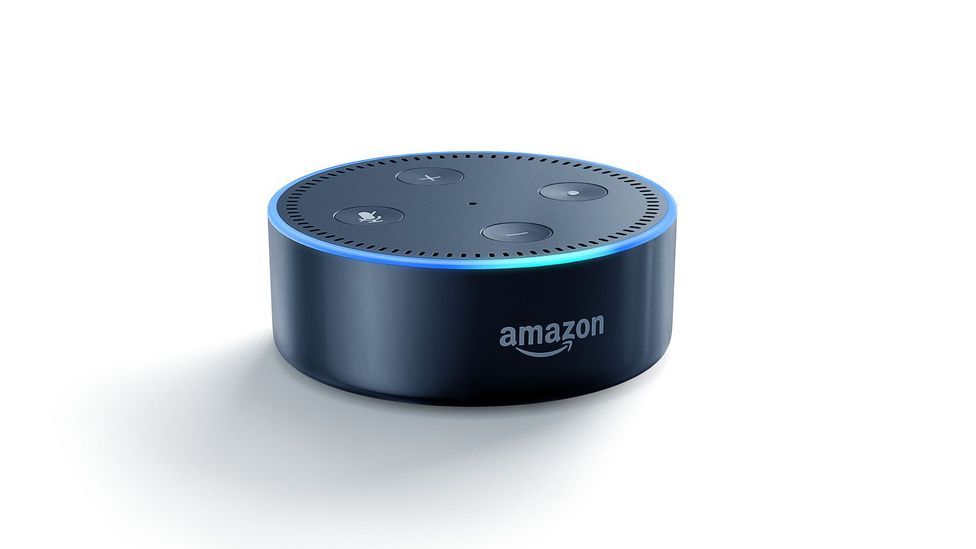
Augmented Reality (AR) and Spatial Audio
As technology progresses, the boundaries between virtual and physical worlds continue to blur. Augmented Reality (AR) is emerging as a transformative technology, and its influence is extending to the audio domain. In 2024, speakers will leverage AR to create immersive audio experiences that complement visual content. Imagine watching a movie or playing a video game where the audio appears to come from the exact direction and distance it should, adding a new level of realism and immersion to our entertainment.
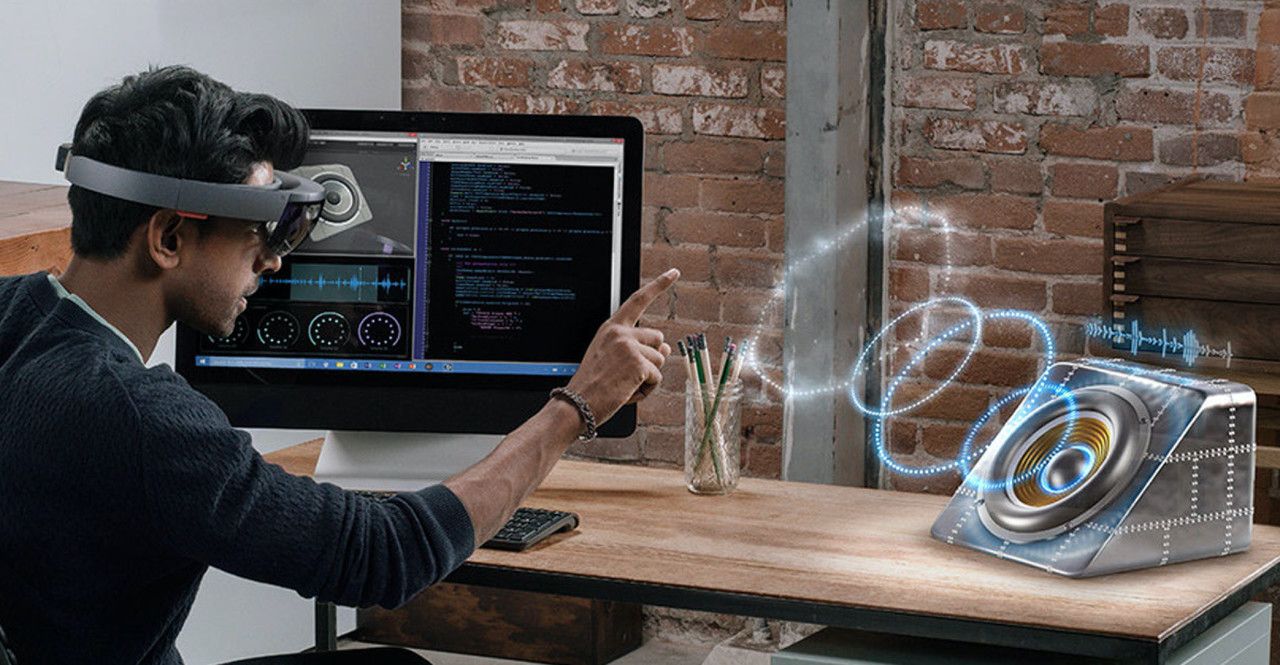
Spatial audio technology will play a vital role in this transformation. It allows speakers to emit sound from multiple directions, simulating a three-dimensional soundscape. By combining spatial audio with AR, speakers will provide an audiovisual experience that surpasses anything we have experienced before.
Wireless Connectivity and Multi-Room Synchronization
Wireless connectivity has become a standard feature in speakers, but in 2024, we can expect it to be more seamless and versatile. Futuristic speakers will employ advanced wireless protocols like Wi-Fi 6 and Bluetooth 5.2, ensuring faster and more stable connections. This enhanced connectivity will enable speakers to seamlessly sync with other devices, creating a multi-room audio setup effortlessly. Whether it's a party or a quiet evening at home, users will have the flexibility to synchronize speakers throughout their living spaces, immersing themselves in a harmonious audio environment.
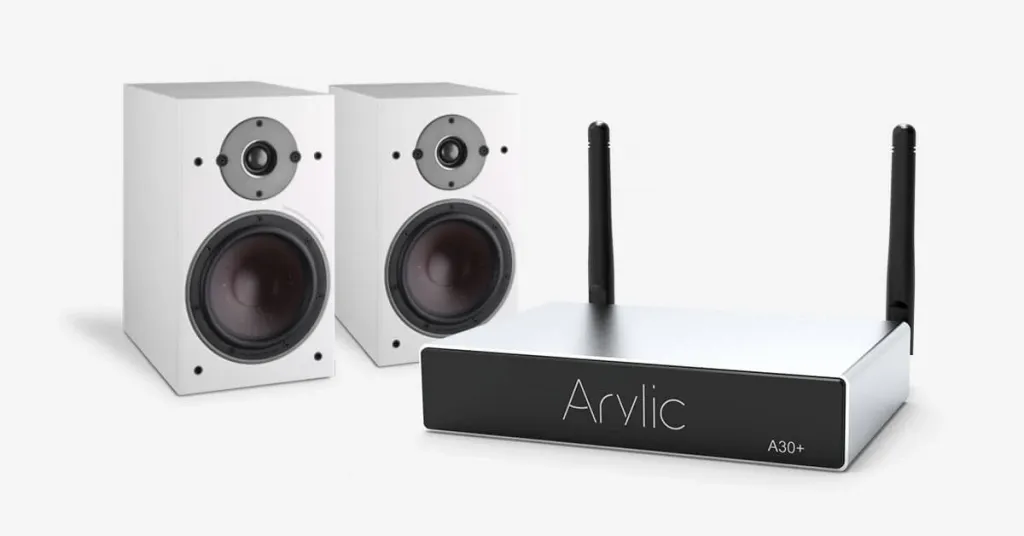
Integration with Smart Home Ecosystems
The concept of a smart home has gained significant traction in recent years, and speakers have played a crucial role in this transformation. In 2024, futuristic speakers will further enhance their integration with smart home ecosystems. They will act as central hubs, connecting and controlling various smart devices in our homes. With a simple voice command, users will be able to adjust the lighting, temperature, and security systems, turning their futuristic speakers into command centers for their entire living space.
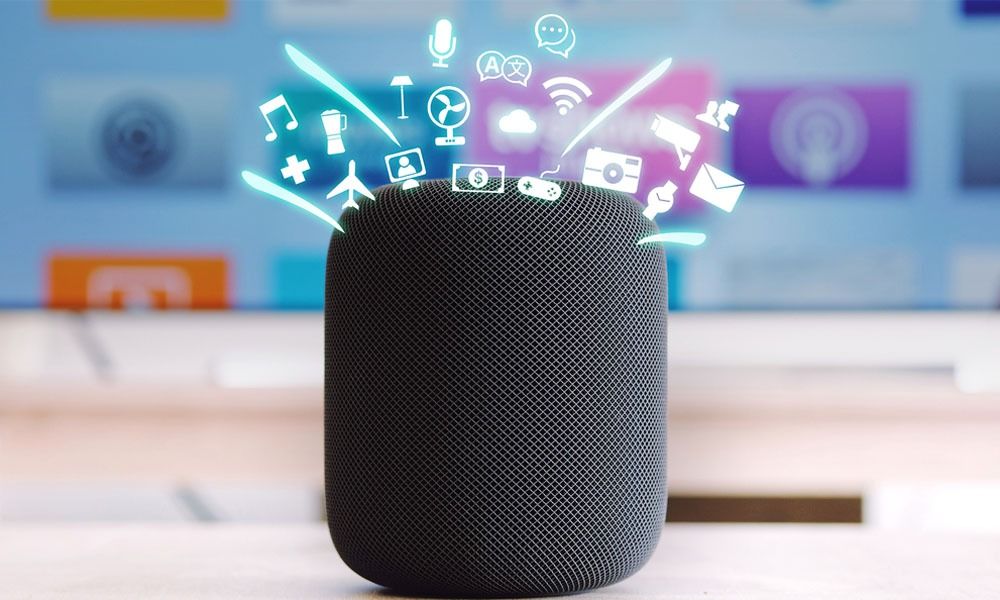
Sustainability and Eco-Friendly Design
In an era of increasing environmental awareness, the audio industry is also focusing on sustainability and eco-friendly design. Futuristic speakers in 2024 will incorporate more sustainable materials, energy-efficient components, and recycling options. Manufacturers will strive to reduce their carbon footprint and create products that align with sustainable practices. This shift towards eco-consciousness ensures that the evolution of speaker technology goes hand in hand with responsible manufacturing and consumption.
FAQs
Can futuristic speakers create a surround sound experience without multiple speakers?
Yes, futuristic speakers can create a surround sound experience without the need for multiple speakers through advanced spatial audio algorithms and beamforming technology.
What technologies are incorporated into futuristic speakers to enhance audio experiences?
Futuristic speakers incorporate technologies such as wireless connectivity, artificial intelligence (AI), advanced acoustics, and spatial audio algorithms to enhance audio experiences.
What is the role of artificial intelligence in futuristic speakers?
Artificial intelligence in futuristic speakers optimizes audio playback, adapts to user preferences, and enables voice control and personalized experiences.
What is the expected price range for futuristic speakers?
The expected price range for futuristic speakers varies widely, ranging from affordable options around $100 to high-end models exceeding $1000.
Conclusion
The year 2024 promises to be an exciting time for the audio industry as we witness the arrival of futuristic speakers. These intelligent companions will not only deliver exceptional sound quality but also enhance our lives through artificial intelligence, voice recognition, augmented reality, and seamless connectivity. The integration of these advanced technologies will transform how we interact with sound, bringing us closer to immersive, personalized, and eco-friendly audio experiences. As we embrace the futuristic speaker, we can look forward to a new era of audio innovation that will undoubtedly redefine our perception of sound.





